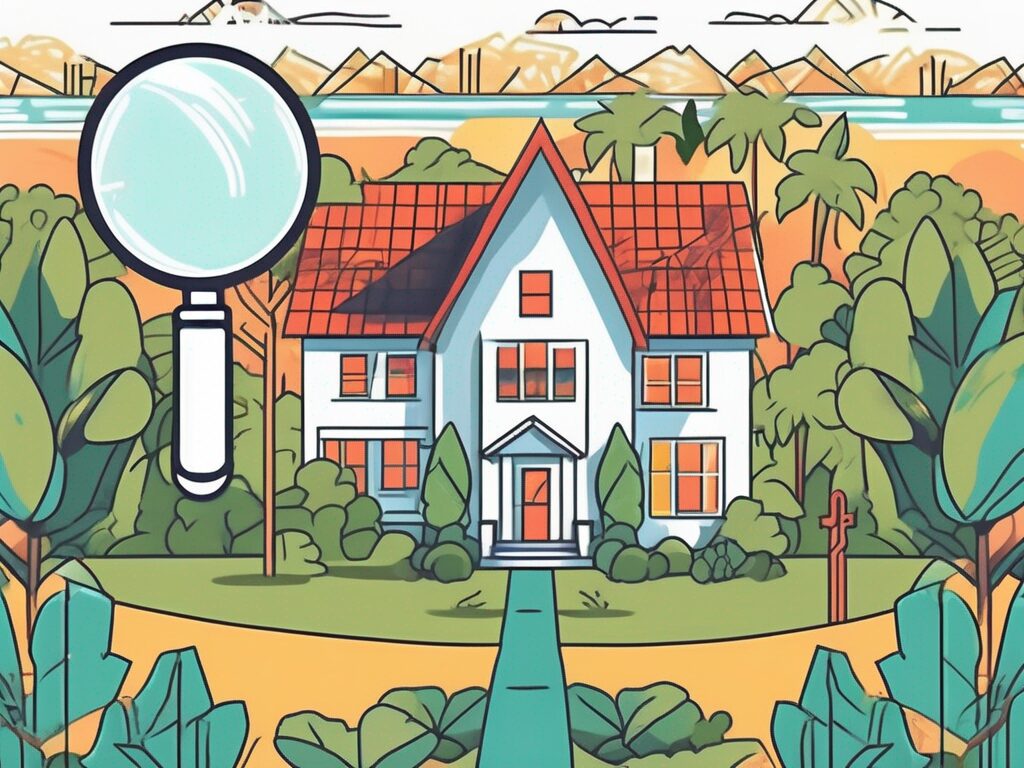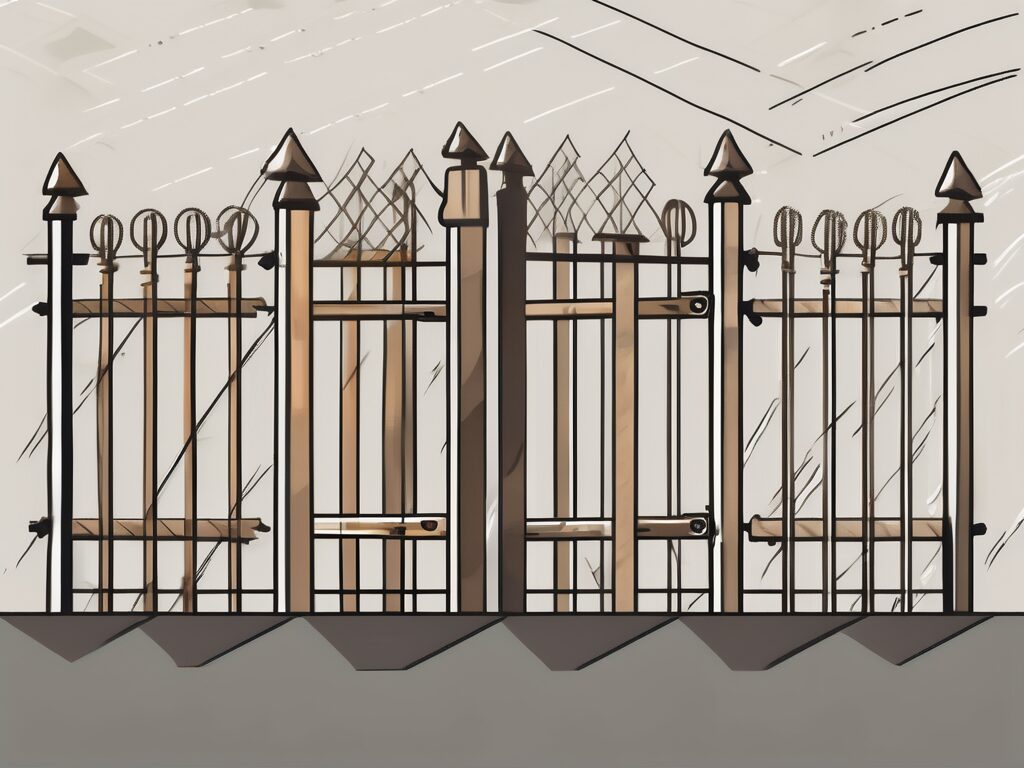
Agent A-Team or Solo Superhero? Finding the Right Real Estate Partner for Your Selling Journey in Wildwood Florida
When it comes to selling your home in Wildwood, Florida,…
January 29, 2024
Building a fence around your property is not only a practical solution for enhancing privacy and security, but it can also add value and aesthetic appeal to your home. However, before embarking on such a project, it is crucial to have a thorough understanding of the cost involved. In this comprehensive guide, we will explore the various factors that impact fence pricing, the role of labor and installation, selecting the right materials, the cost of adding gates, the expense of removing an old fence, and how the coronavirus pandemic affects fence pricing. Additionally, we will delve into a real-life fence project and provide tips on maximizing the value of your investment through maintenance, privacy enhancements, and curb appeal design.
When estimating the cost of building a fence, it is crucial to consider several factors that can influence the overall expenses. By carefully evaluating these elements, you can make the most informed decisions and ensure that your budget aligns with your desired outcomes.
Building a fence involves more than just the materials and installation. There are several additional aspects to consider, such as the size and layout of your property, the type of fence materials you choose, the quality of the materials and their durability, the complexity of the installation process, and local building codes and regulations.
The size and layout of your property play a significant role in determining the cost of your fence. A larger property will require more materials and labor, which can increase the overall expenses. Additionally, the shape and topography of your land can also impact the complexity of the installation process, affecting the cost.
When it comes to choosing the right materials for your fence, there are several options to consider. Wood fences offer a classic and versatile look but require regular upkeep to maintain their appearance and durability. Vinyl fences, on the other hand, are durable and low maintenance but may have a higher upfront cost. Aluminum and chain link fences are also popular choices, each with their own advantages and price points.
The cost of labor and installation is another significant component of fence pricing. While some homeowners may opt for a DIY approach to save on expenses, it is essential to consider the expertise required for proper installation. Hiring experienced professionals ensures that your fence is built to last, minimizing the potential for future repairs or replacements.
Integrating gates into your fence can provide convenient access points while enhancing security. However, it is essential to account for the additional cost of gates, hardware, and any necessary modifications to the fence design. The type and size of the gate, along with automation options, can impact the overall cost.
If you already have an existing fence that needs to be removed, it is important to factor in the cost of its removal. Disposing of materials, potential repairs to the area, and labor required for dismantling and disposal contribute to the overall expenses. It is advisable to consult with professionals who can help you assess the most cost-effective solution.
The COVID-19 pandemic has had various impacts on the construction industry, including fence installation. Supply chain disruptions, increased demand, and changes in labor availability have contributed to fluctuations in fence pricing. It is crucial to stay updated on any potential pandemic-related factors that may affect the cost and timeline of your project.
Understanding the cost breakdown of a real-life fence project can provide valuable insights into budgeting and expense allocation. Let’s explore the various components of a fence installation to give you a clearer picture of what to expect.
When embarking on a fence project, one of the first factors to consider is the type of material you want to use. The material you choose will not only impact the overall aesthetics of your fence but also influence the cost. Common materials for fences include wood, vinyl, aluminum, and chain link.
If you opt for a wood fence, you can choose from a variety of wood species, each with its own unique characteristics and price points. Cedar, for example, is a popular choice due to its natural resistance to decay and insects. However, it tends to be more expensive than other types of wood, such as pine or spruce.
Another significant cost consideration is the length and height of your fence. The longer and taller the fence, the more materials you will need, resulting in higher costs. Additionally, if your property has uneven terrain or requires customizations, such as gates or decorative elements, these factors can also impact the overall expense.
Aside from the materials and dimensions, labor costs are another crucial aspect of a fence project. Hiring professional contractors or fence installers can ensure a high-quality installation, but it comes with a price. Labor costs can vary depending on the complexity of the project, local labor rates, and the experience of the contractors.
Permits and regulations are often overlooked when considering the cost breakdown of a fence project. Depending on your location, you may need to obtain permits or adhere to specific regulations regarding fence height, setback requirements, and property line restrictions. It is essential to research and factor in any associated fees or fines to avoid unexpected expenses.
Additionally, it is worth considering the long-term maintenance costs of your chosen fence material. Some materials, like vinyl or aluminum, require minimal upkeep, while others, such as wood, may need regular staining, sealing, or painting to maintain their appearance and durability. These maintenance costs should be taken into account when budgeting for your fence project.
Lastly, it is crucial to consider any additional features or accessories you may want to incorporate into your fence. This could include things like decorative post caps, privacy slats, or security features like electronic gates or surveillance systems. While these extras can enhance the functionality and aesthetics of your fence, they will also add to the overall cost.
By understanding the various components that contribute to the cost breakdown of a fence project, you can make informed decisions and plan your budget accordingly. Remember to consider factors such as material type, length and height, labor costs, permits and regulations, long-term maintenance, and any additional features you desire. With careful planning and consideration, you can create a beautiful and functional fence that meets your needs and fits within your budget.
Investing in a fence is a significant decision that can bring numerous benefits to your property. From enhancing privacy and security to adding curb appeal, a well-maintained and thoughtfully designed fence can greatly improve the overall value of your home. To ensure that you get the most out of your fence investment, it is crucial to consider various factors and implement proper maintenance techniques.
Maintaining your fence properly is essential to ensure its longevity and retain its aesthetic appeal. Regular maintenance not only helps prevent costly repairs but also keeps your fence looking its best. Here are some key maintenance tips to consider:
While fences inherently provide a level of privacy and security, there are additional enhancements you can consider to maximize these benefits. By customizing your fence with specific additions, you can create a more secure and private environment for your property. Here are some ideas to consider:
A well-designed fence can enhance the overall aesthetics of your property and create a welcoming atmosphere. By carefully selecting the right materials, colors, and design features that complement your home’s style, you can create a cohesive look that adds value to your curb appeal. Here are some tips to consider:
Building a fence involves careful consideration of costs, materials, and design elements. By understanding the various factors that impact pricing and maximizing the value of your investment through proper maintenance and enhancements, you can create a functional and visually appealing fence that enhances your property for years to come.

If you want the Richr team to help you save thousands on your home just book a call.
 Book a call
Book a call